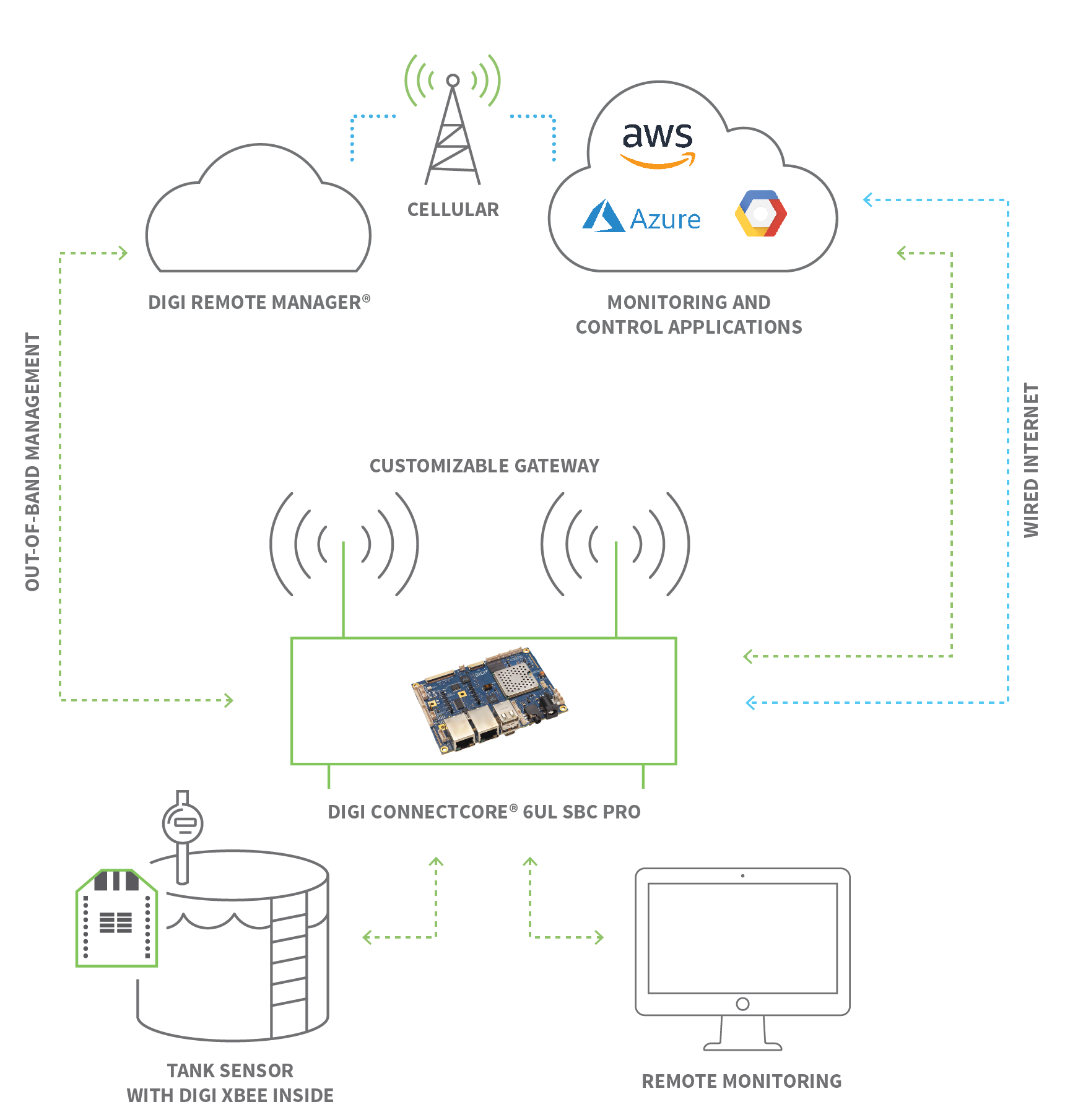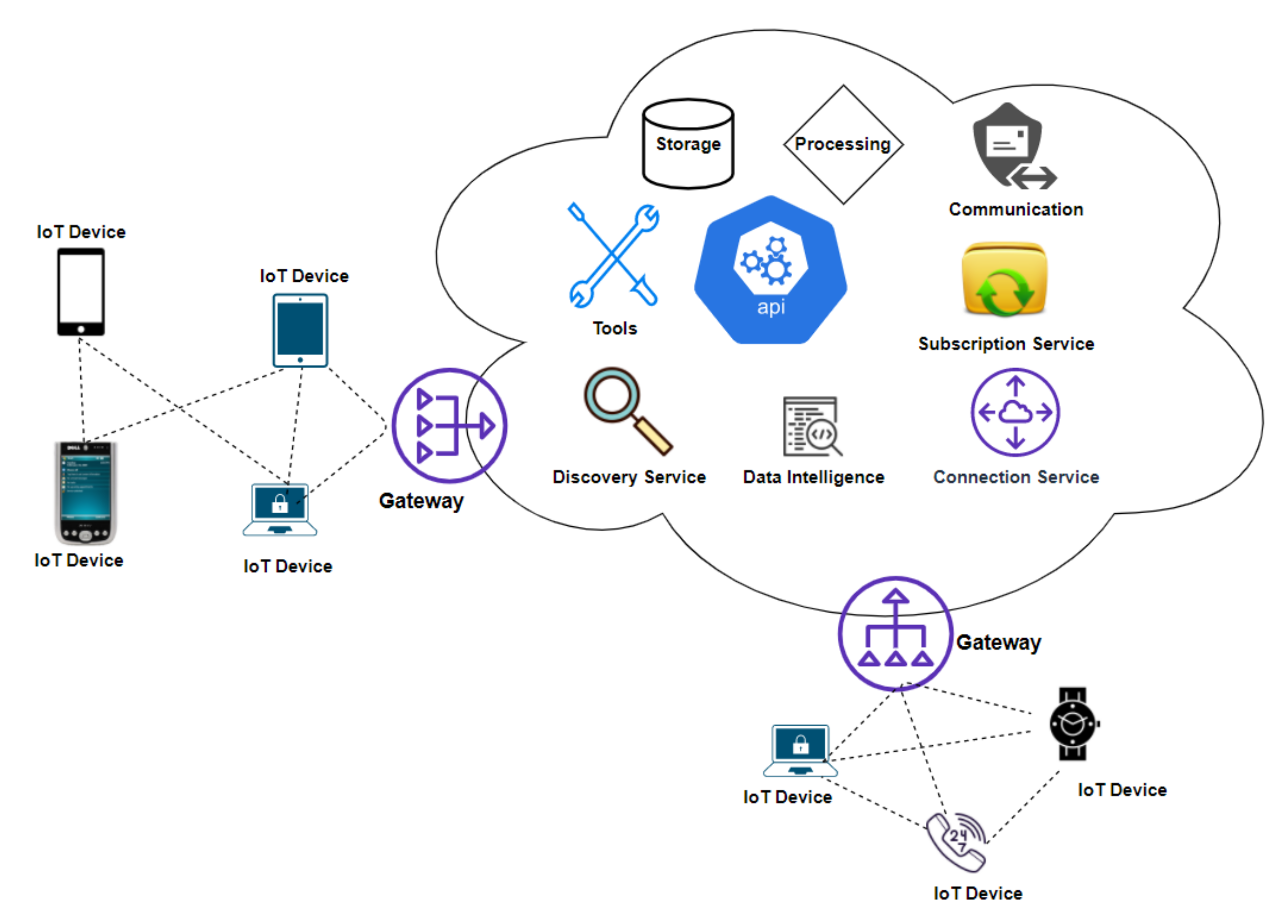Remote IoT: Pricing, Management & Cloud Charts - Your Guide
Can you imagine a world where your devices communicate, learn, and adapt, all without your direct intervention? This interconnected reality is no longer a futuristic fantasy; it's the present, powered by the Internet of Things (IoT) and its ingenious remote cloud charts.
From the smart homes we inhabit to the complex machinery driving industrial automation, IoT devices are fundamentally reshaping how we interact with technology. But what exactly fuels this digital transformation? The answer lies in the often-unseen architecture: the remote IoT cloud chart. This powerful tool is more than just a visual representation of data; it's the central nervous system of modern connectivity, enabling real-time monitoring, analysis, and control of countless devices.
Let's delve into the mechanics of this technology. A remote IoT cloud chart serves as a digital interface, a virtual control panel that translates raw data from various IoT devices into easily understandable insights. Imagine a single dashboard displaying the operational status of your entire fleet of vehicles, the energy consumption of your building, or the vital signs of a patient. This is the transformative potential of the remote IoT cloud chart.
- Explore Movie Streaming From Az Movies To Vegamovies Alternatives More
- Watch Vega Movies Online Streaming Download Options
These charts are transforming industries globally. The ability to collect data, monitor remotely, and experiment with IoT using charts is a key component of this process. Take, for instance, setting up an Arduino IoT Cloud. You can monitor battery data using a dashboard. To create this, you simply need to set up an IoT cloud dashboard. You can create an account, sign in, and then create a new 'thing'.
The significance of IoT devices and the role of remote IoT cloud charts are paramount. They are redefining efficiency and convenience in various sectors. Through the use of devices, like the Arduino Uno R4 WiFi, connecting it to the Arduino Cloud allows users to access the full IoT experience, enabling remote device management through a smartphone app.
For those delving into this field, the integration of Google Cloud IoT Core API stands out as a prime example of a scalable and secure remote IoT API. It provides straightforward integration with Google's extensive cloud infrastructure, promoting effortless management and monitoring of your IoT devices.
- Hdhub4u What You Need To Know Legal Alternatives
- Vegamovies Alternatives Explore Safe Movie Streaming Download Options
The technology is not merely about displaying data; it's about enabling businesses to gain actionable insights, enhancing operational efficiency, and reducing costs. Key features include a comprehensive suite of features making it a standout solution for IoT data visualization.
A remote IoT cloud chart is the digital engine that drives the Internet of Things. It's the technology that brings the vision of a truly connected world to life. They arent just fancy diagrams, theyre the backbone of how data flows seamlessly between devices, creating a smarter, more efficient world.
To fully grasp its impact, it is helpful to understand the core components. Below are some of its key features:
- Real-time Data Visualization: Displays real-time data from IoT devices in visually appealing and easy-to-understand charts and graphs.
- Customizable Dashboards: Allows users to create custom dashboards tailored to their specific needs, displaying the most relevant data.
- Data Aggregation and Analysis: Aggregates data from multiple devices and analyzes it to identify trends, patterns, and anomalies.
- Remote Monitoring and Control: Enables users to remotely monitor and control IoT devices from a central location.
- Alerting and Notifications: Sends alerts and notifications when specific conditions are met, such as device malfunctions or critical data thresholds.
- Scalability: Designed to handle large volumes of data from numerous devices, ensuring seamless performance.
- Security: Implements robust security measures to protect data and prevent unauthorized access.
- Integration: Integrates with various IoT platforms, devices, and data sources.
When creating dashboards, for example, on the Arduino IoT Cloud, widgets can be linked to multiple IoT projects for maximum flexibility. Featuring versatile widgets, including:
- Numeric Display: Displays real-time numeric values.
- Gauge: Shows data using a visual gauge.
- Chart: Plots data trends over time.
- Switch: Allows for remote control of devices.
- Text Input: Receives text input from users.
- Dropdown: Presents a list of options for selection.
The transformation in healthcare is a prime example, with IoT and remote patient monitoring revolutionizing the sector. This has been made possible through technology that combines the power of IoT core with advanced data visualization techniques, allowing businesses to gain actionable insights from their connected devices. The benefits are clear: the remote IoT cloud chart simplifies data visualization, while concurrently enhancing operational efficiency and driving down costs.
When it comes to setting up the Arduino IoT Cloud, the process is straightforward. You first need to set up your IoT cloud dashboard. This involves creating an account or signing in, then creating a new 'thing' with the necessary details.
The capabilities extend far beyond simple monitoring. With features like remote device management and pricing transparency, businesses can optimize their IoT deployments for maximum efficiency and value. These features allow businesses to gain actionable insights from their connected devices. The interconnectedness of IoT devices, powered by remote IoT cloud charts is what will continue to drive innovation and transform industries.
The use of dashboards, and the ability to experiment with IoT using charts, are crucial components of this ecosystem. In both edit and view modes, you can use the mobile layout icon to visualize how your widgets will look on your remote IoT app.
In conclusion, the journey of the Internet of Things is just beginning. The remote IoT cloud chart is not just a technological marvel; it's a cornerstone of the connected future.



Detail Author:
- Name : Zelda Leannon
- Username : vivianne.ernser
- Email : enrique07@hotmail.com
- Birthdate : 1996-08-13
- Address : 36815 Luettgen Plain New Elza, AK 93455-5563
- Phone : (623) 545-8900
- Company : Lowe Inc
- Job : Engineering Technician
- Bio : Voluptatem quia et qui sed explicabo quia. Vel qui natus dolor qui. Fugiat ut ut voluptatem est.
Socials
twitter:
- url : https://twitter.com/hannah.will
- username : hannah.will
- bio : Maxime ipsa omnis beatae. Quas culpa laboriosam quo reiciendis nemo repellat. Ea aut ducimus ipsam nihil qui eos.
- followers : 742
- following : 1907
tiktok:
- url : https://tiktok.com/@hwill
- username : hwill
- bio : Labore velit iste iusto dolores optio.
- followers : 1338
- following : 2406
instagram:
- url : https://instagram.com/hwill
- username : hwill
- bio : Velit veritatis qui natus sit. Dolore excepturi eos et adipisci. Est tenetur quia eius cupiditate.
- followers : 878
- following : 1336
linkedin:
- url : https://linkedin.com/in/hannah_will
- username : hannah_will
- bio : Magni placeat quia quo sint.
- followers : 5038
- following : 2434